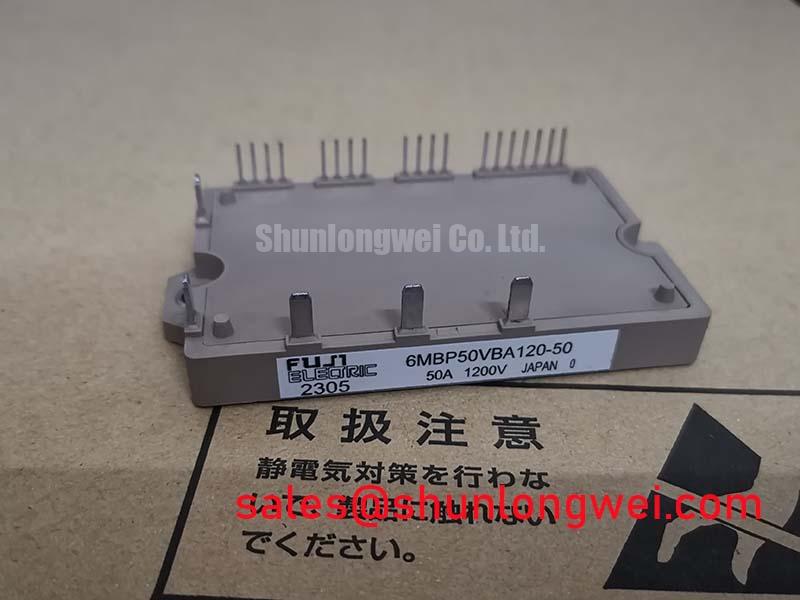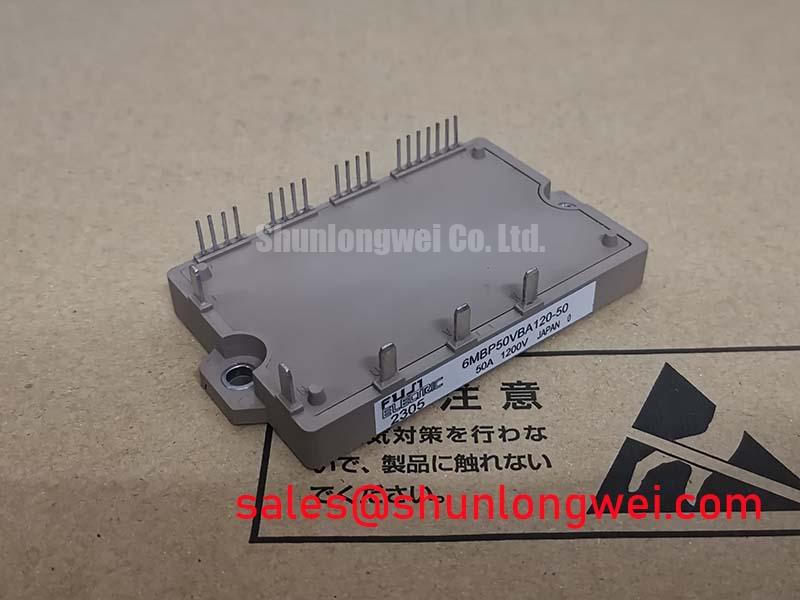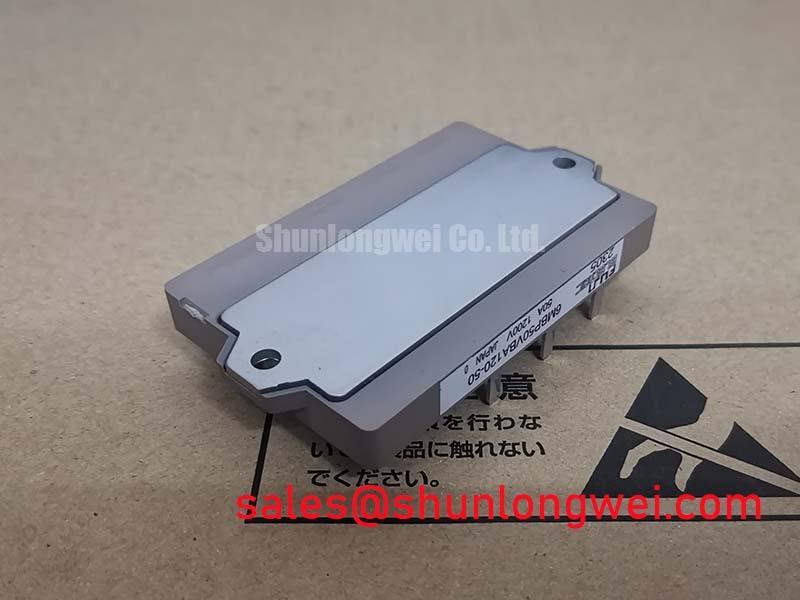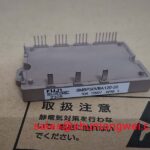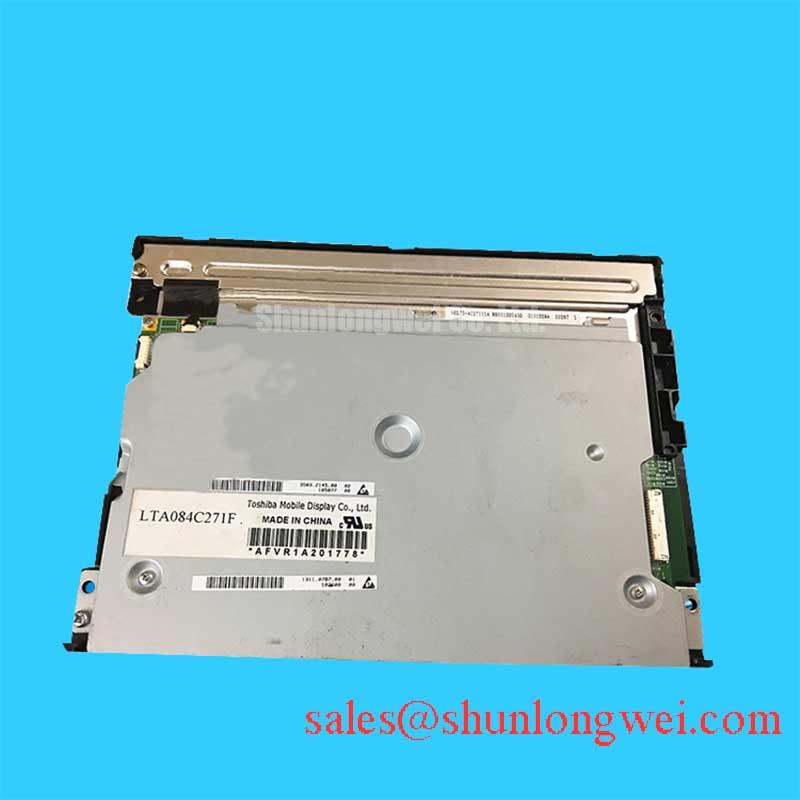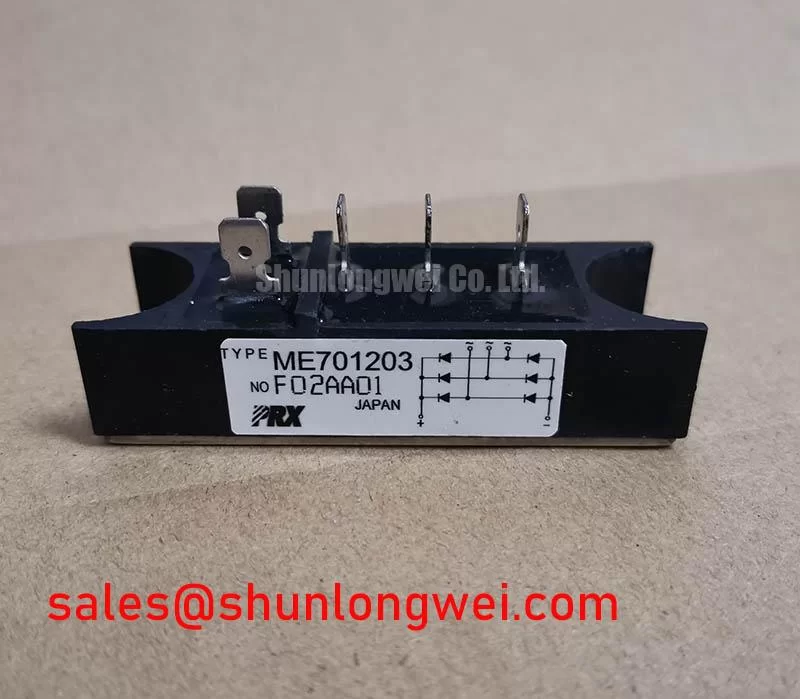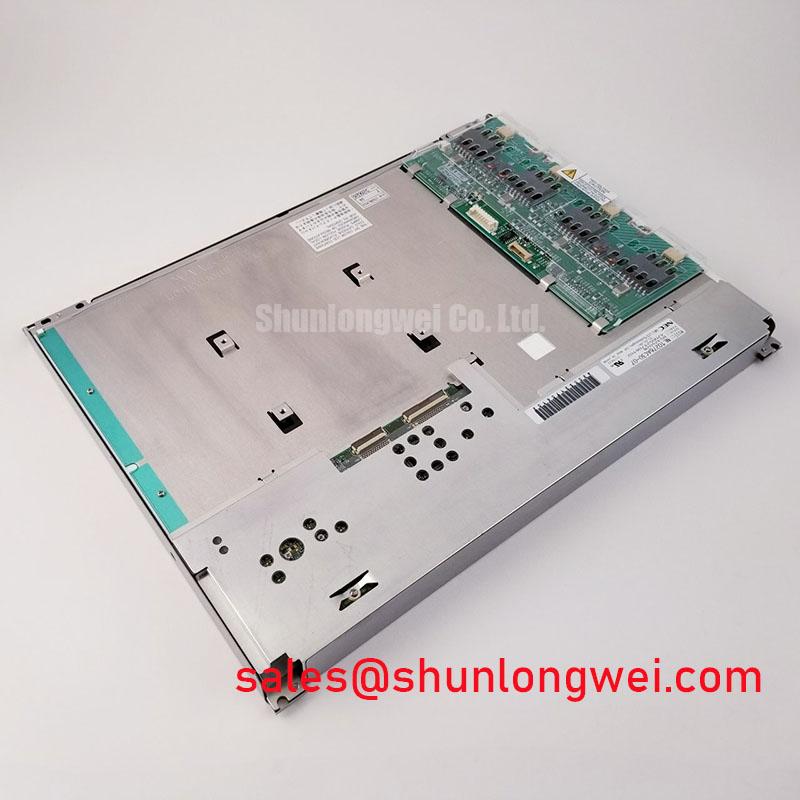6MBP50VBA120-50: IGBT IPM for Compact Motor Drives
An Integrated Power Stage for Streamlined System Design
Moving from a complex discrete component layout to a unified power stage is a critical step in optimizing modern motor drives. The Fuji Electric 6MBP50VBA120-50, an advanced IGBT IPM from the V-Series, directly addresses this by consolidating a full power conversion system into a single module. With ratings of 1200V and 50A (Inverter), this component delivers a robust foundation for compact and reliable drive engineering. Its key benefits include a significantly reduced bill of materials and accelerated assembly. This Converter-Inverter-Brake (CIB) topology simplifies design by integrating the rectifier, 3-phase inverter, brake chopper, and thermal sensor, reducing both layout complexity and potential points of failure.
Anatomy of Integration: The CIB Configuration
The core value of the 6MBP50VBA120-50 lies in its high level of integration. This component is not merely a set of switches; it is a pre-engineered subsystem. What is the benefit of its CIB structure? It provides a validated, thermally matched power stage right out of the box. This architecture is analogous to using a pre-built computer motherboard instead of sourcing and connecting dozens of individual chips and passive components. By combining the AC-to-DC converter, the DC-to-AC inverter, and the dynamic braking circuit, it eliminates the need for extensive interconnects and complex busbar design. This inherent simplicity reduces parasitic inductance, a common source of voltage overshoot and EMI, contributing to more stable and predictable system performance.
Core Specifications for Simplified Design Cycles
Technical data for the 6MBP50VBA120-50 is oriented towards enabling efficient and reliable power conversion. These parameters form the basis for thermal calculations, gate drive design, and overall system capability assessment.
| Parameter | Value |
|---|---|
| Collector-Emitter Voltage (Vces) | 1200V |
| Inverter Collector Current (Ic) | 50A (Tc=80°C) |
| Brake Collector Current (Ic) | 25A (Tc=80°C) |
| Collector-Emitter Saturation Voltage (Vce(sat)) | 1.70V (typ) at 50A |
| Thermal Resistance (Rth(j-c)) - Inverter IGBT | 0.60 °C/W per arm |
| Short Circuit Withstand Time (tsc) | ≥ 10µs |
Download the Datasheet for comprehensive electrical characteristics and performance graphs.
Where Compact Power Conversion is Paramount
The integrated nature of the 6MBP50VBA120-50 makes it a strong candidate for applications where space, assembly cost, and time-to-market are primary engineering drivers. Its architecture is particularly beneficial in:
- Small to Medium Servo Drives: In precision motion control, where cabinet space is at a premium, the module's high power density allows for smaller, more integrated drive designs without compromising on performance.
- General-Purpose Inverters: For industrial automation tasks like controlling pumps, fans, and conveyors, this module provides a complete power stage that simplifies manufacturing and improves field serviceability.
- Material Handling Systems: The inclusion of a brake chopper is essential for applications involving rapid deceleration or regenerative braking, such as elevators, cranes, and automated guided vehicles (AGVs).
For AC motor drives under 15 kW requiring a compact, all-in-one power core, the 6MBP50VBA120-50 provides a data-supported path to simplified development. Further exploration into system design can be found in resources covering in-depth analysis of IGBT modules.
Accelerating Time-to-Market with Integrated Power Stages
The industry-wide push towards more compact and efficient machinery places immense pressure on design teams. The use of highly integrated IPM (Intelligent Power Module) components like the 6MBP50VBA120-50 is a strategic response to this trend. By abstracting the complexity of the power electronics stage into a single, tested component, engineering resources can be reallocated from low-level circuit design and thermal validation to higher-value activities such as software development, control algorithm optimization, and user interface design. This approach not only shortens the development cycle but also de-risks the project by using a component with well-defined performance and reliability characteristics from a major manufacturer like Fuji Electric.
Deployment Snapshot: A CIB Module in Action
Consider the design of a compact variable frequency drive (VFD) for a 7.5 kW industrial motor. Using a discrete approach would require sourcing and qualifying a three-phase diode bridge, six high-voltage IGBTs, six freewheeling diodes, a separate brake chopper IGBT and diode, and an NTC thermistor. The layout would involve careful management of high-current traces, gate drive signal routing, and ensuring adequate thermal interfaces for over a dozen components. By contrast, deploying the 6MBP50VBA120-50 reduces this entire power stage to a single module mounted on a heatsink. What is the primary impact on reliability? This consolidation minimizes solder joints and mechanical connections, which are common points of failure in high-power systems.
Data for Decision: 6MBP50VBA120-50 Parameter Focus
Evaluating power modules requires a focus on application-specific parameters. As a distributor, our goal is to provide clear, factual data to empower your engineering decisions. The 6MBP50VBA120-50 is one of many solutions for power conversion. For systems requiring a different current rating or configuration, other components may be suitable. For instance, the 6MBP25VAA120-50 offers a lower current alternative within a similar integrated family, while applications demanding higher power might utilize discrete IGBTs or larger modules such as the PM100CSD120. Your selection process should be guided by a thorough analysis of your system's unique load profiles, thermal constraints, and cost targets.
Frequently Asked Questions
1. What does the "V-Series" designation signify for this Fuji Electric IGBT?
The V-Series generally refers to Fuji Electric's 7th generation IGBT and FWD (Free Wheeling Diode) technology. It is engineered to provide an optimized balance between low conduction losses (Vce(sat)) and reduced switching losses, making it suitable for a wide range of industrial motor drive and power conversion applications.
2. How does the integrated NTC thermistor improve system design?
The built-in NTC thermistor provides a direct, real-time measurement of the module's substrate temperature. This simplifies the implementation of over-temperature protection circuits, as it eliminates the need to mount, wire, and calibrate an external sensor on the heatsink, leading to a more accurate and reliable thermal shutdown mechanism.
3. Is a negative gate voltage required to turn off the IGBTs in the 6MBP50VBA120-50?
While the datasheet specifies characteristics at Vge = +15V/-15V, a negative gate voltage is a best practice for ensuring robust turn-off, especially in noisy environments. It provides an increased margin against parasitic turn-on caused by dV/dt, which can be critical for preventing shoot-through events. For a deeper understanding, review best practices for robust IGBT gate drive design.
4. What is the primary function of the brake chopper included in this CIB module?
The brake chopper is used to dissipate regenerative energy from the motor. During rapid deceleration, a motor acts as a generator, sending current back to the DC bus and raising its voltage. The brake chopper switches a power resistor across the DC bus to safely burn off this excess energy, preventing a DC bus overvoltage fault and protecting the inverter.
Future-Facing System Design
As industrial and commercial systems demand greater power density and faster deployment schedules, the strategic value of integrated power modules like the 6MBP50VBA120-50 continues to grow. Adopting such platforms is not just an exercise in component reduction; it is a fundamental shift toward modular, scalable, and more reliable power system architectures. This approach allows engineering teams to build upon a foundation of proven technology, enabling them to innovate where it matters most—in the control, connectivity, and intelligent features that define next-generation products.

